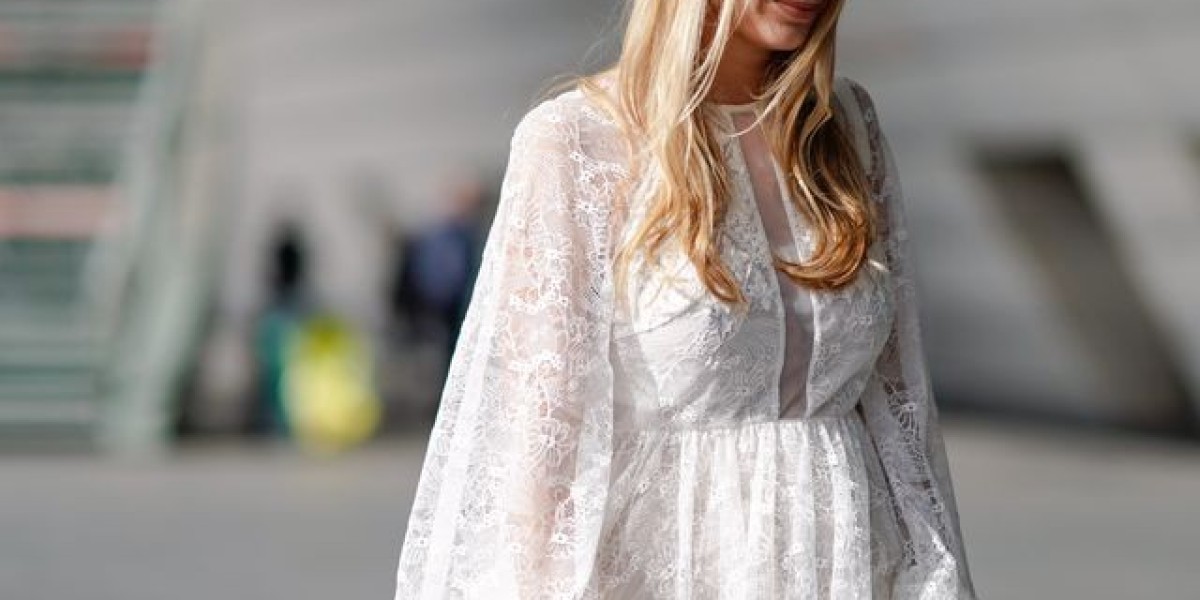Pakistan is a land of cultural richness and diversity, and its women’s clothing vividly showcases the unique traditions of its regions. From the deserts of Sindh to the mountains of Gilgit-Baltistan, each province brings its distinctive flavor to fashion, reflecting the interplay of heritage, geography, and community values. This article explores the regional styles of women’s attire in Pakistan, celebrating the vibrant tapestry of its cultural identity.
Sindh: Vibrancy and Tradition
Sindhi women’s attire is characterized by its vibrant colors, intricate designs, and cultural symbolism. A hallmark of Sindhi fashion is Ajrak, a block-printed fabric often worn as shawls or dupattas. The use of rich, earthy tones and geometric patterns gives Ajrak its distinctive appeal.
Bandhani Work: Sindhi dresses often feature bandhani, a traditional tie-dye technique that adds a burst of color to outfits.
Mirror Work: Mirror embellishments are a signature feature of Sindhi attire, reflecting light and adding a playful charm.
Punjab: The Heart of Elegance
The attire in Punjab exudes vibrancy and joy, much like its culture. The shalwar kameez, a national symbol of Pakistan, takes on a colorful and festive form in this province.
Phulkari Embroidery: A defining feature of Punjabi fashion, phulkari involves intricate floral embroidery on shawls and dupattas, often in bright hues.
Traditional Accessories: Punjabi women pair their dresses with bangles, jhumkas (earrings), and parandas (hair accessories) to complete their look.
Balochistan: Bold and Beautiful
Balochi women’s clothing reflects the tribal traditions and vibrant culture of the region. The dresses are long, loose-fitting, and adorned with heavy embroidery.
Embroidery: Balochi embroidery is intricate and bold, featuring colorful threads and geometric patterns.
Unique Cuts: The distinctive cut of Balochi dresses, with detailed borders and designs, sets them apart from other regional styles.
Khyber Pakhtunkhwa: Modesty and Grace
Women in Khyber Pakhtunkhwa (KPK) embrace simplicity and elegance in their attire. Modesty is a key element, with clothing styles reflecting Islamic values.
Peshawari Shawls: Often paired with their dresses, these shawls feature fine embroidery or simple patterns to complement the outfit.
Subtle Embellishments: KPK women’s clothing tends to favor muted colors with minimal yet tasteful embroidery.
Gilgit-Baltistan: A Unique Blend
The northern region of Gilgit-Baltistan is known for its unique cultural influences, which are evident in women’s clothing. Due to the colder climate, woolen dresses and warm shawls are staples.
Caps and Shawls: Women often accessorize with traditional caps and shawls adorned with embroidery or beadwork.
Vibrant Colors: Despite the cold, the clothing features bright colors to reflect the region’s lively spirit.
Kashmir: Elegance in Simplicity
Kashmiri women’s attire is heavily influenced by the region’s climate and natural beauty. The phiran, a long and loose gown, is a staple for both comfort and elegance.
Pashmina Shawls: World-renowned Pashmina shawls are a must-have accessory, often intricately embroidered.
Jewelry: Kashmiri women adorn themselves with traditional jewelry, including silver ornaments and headpieces.
Conclusion: A Celebration of Diversity
The regional variations in women’s dress across Pakistan are a testament to the country’s rich cultural heritage. Each style tells a story of the community it originates from, reflecting the values, traditions, and artistry of its people. By embracing and celebrating this diversity, Pakistan’s fashion scene continues to thrive as a vibrant expression of its national identity.






